Shallots might just be the secret ingredient your kitchen has been missing. Did you know that chefs in Michelin-starred kitchens use them three times more often than regular onions? It’s no surprise. With their delicate sweetness and subtle complexity, shallots can transform a dish from good to unforgettable. If you’ve been overlooking these humble alliums, it’s time to rethink your kitchen staples.
Here’s the deal: shallots aren’t just a fancier version of onions. They’re a game-changer. Imagine a creamy béarnaise sauce with a hint of sweetness, or a vinaigrette that strikes the perfect balance between sharp and smooth. That’s the magic of shallots. They blend seamlessly into sauces, elevate stir-fries, and even shine as crispy fried toppings. And the best part? They’re incredibly versatile, working wonders in everything from soups to roasted dishes.
In this guide, I’ll show you 12 brilliant ways to use shallots, along with tips on storage, substitutes, and prep. Whether you’re a home cook or a seasoned pro, you’ll walk away with actionable ideas to make your meals stand out. Ready to unlock the full potential of shallots? Let’s get started!
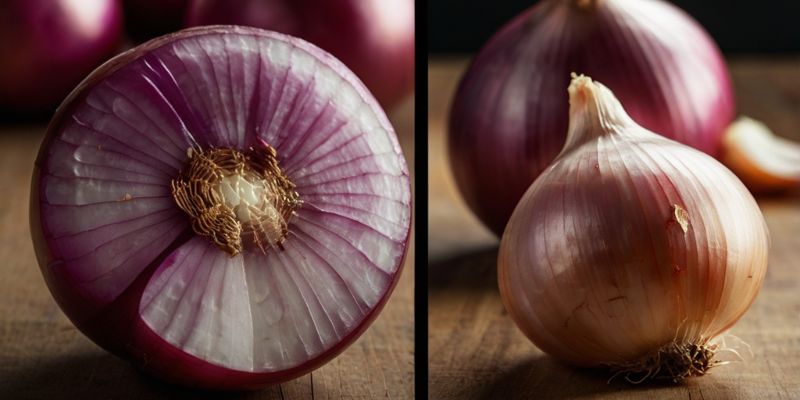
What Is a Shallot and Why Is It Special?
Shallot is part of the allium family, sharing roots with onions, garlic, and leeks. They’re smaller than most onions, with a papery, golden skin that sometimes shades into purple. Inside, the bulbs are tightly packed and separate into cloves, much like garlic.
Their flavor sets them apart. Shallot is milder than onions, with a natural sweetness and complexity that’s perfect for delicate dishes. Unlike onions, they don’t overwhelm a dish—they add depth without stealing the spotlight.
Culinary versatility is their crown jewel. Shallot is just as useful raw in a tangy vinaigrette as they are caramelized on top of a savory tart. From soups to sauces, they do it all.
Shallots vs. Onions—What Sets Them Apart?
While they’re cousins, shallots and onions bring different qualities to the table. Onions are bold and pungent, making them great for hearty dishes like chili or roasts. Shallot, on the other hand, offer a nuanced flavor that works beautifully in refined recipes.
Texture plays a role too. Shallots are softer than most onions, which helps them break down quickly in cooking. They’re also smaller, meaning they’re easier to mince finely for sauces or dips.
If you substitute onions for shallot, the flavor will differ. A quarter cup of finely minced shallot equals about one small onion, but take note of the stronger aroma onions bring.
12 Delightful Ways Shallots Add More Flavor
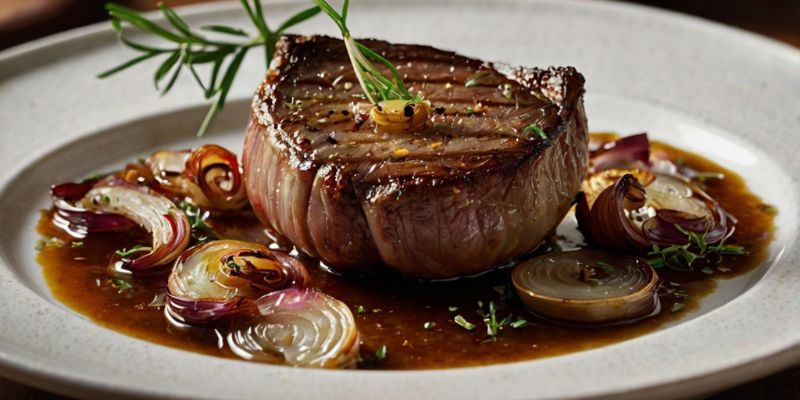
1. Create Rich Sauces and Gravies
Shallots are a sauce maker’s dream. Sautéed until soft, they dissolve effortlessly into cream or wine-based sauces, adding depth with a hint of sweetness. Think of classics like béarnaise or red wine reduction. Their ability to meld into liquids makes them a go-to for silky, restaurant-quality gravies.
2. Enhance Salad Dressings
When minced raw, shallot provide a bright, slightly sharp flavor for vinaigrettes. Their mild sweetness balances out acidity from vinegar or lemon juice. A simple mix of olive oil, Dijon mustard, and minced shallot is an easy way to elevate any salad.
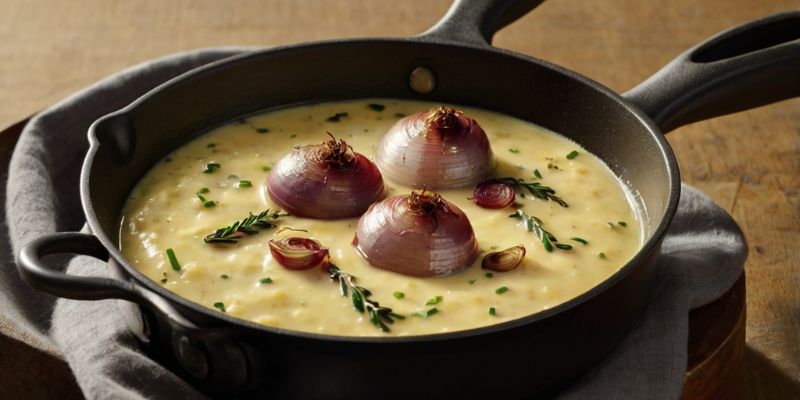
3. Elevate Stir-Fry Vegetables
Add sliced shallot to your stir-fries for a mild, aromatic sweetness. They cook faster than onions, so they blend seamlessly with high-heat recipes. Toss them with snap peas, bell peppers, and soy sauce for a quick veggie boost.
4. Add Sophistication to Soups and Stews
Shallots are like the swiss army knife of broth-based recipes. Use them as aromatics by sautéing them at the start of a soup or puree them into a velvety finish. Want subtle complexity in your stew? Shallot deliver every time.
5. Create Luxurious Risottos and Pilafs
Onions are often the go-to for risotto, but shallot bring a more delicate hit of flavor. Their natural sweetness enhances creamy rice dishes like mushroom risotto or pilaf. Plus, they won’t overpower your key ingredients.
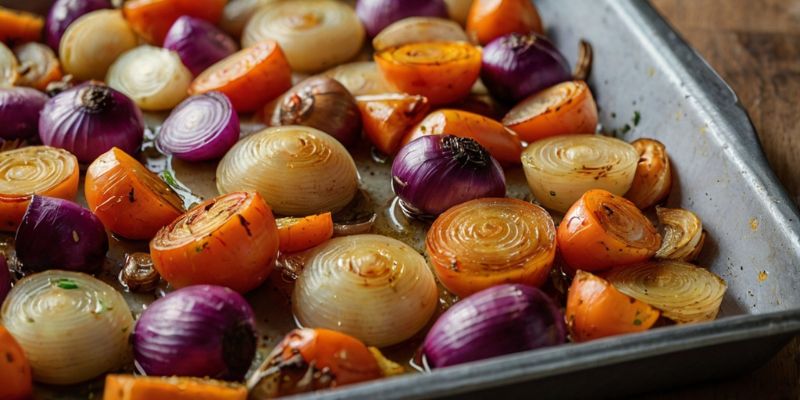
6. Sweeten Roasted Vegetables
Whole roasted shallots are pure magic. Toss them with olive oil, salt, and pepper, and roast at high heat. The result? Soft, caramelized bulbs that pair beautifully with roasted root veggies or meats.
7. Make Flavorful Compound Butters
Roast or sauté shallots and blend them with softened butter for an instant umami bomb. Use it to top steaks, fish, or even crusty bread. This versatile trick makes any meal feel gourmet.
8. Add Depth to Marinades and Rubs
Blitz shallot with olive oil, balsamic vinegar, and herbs to create a quick marinade for chicken or fish. The enzymes in shallot help tenderize proteins while layering on flavor.
9. Garnish Dishes with Crispy Fried Shallots
Fried shallots are like gold dust for food. Sprinkle them on soups, salads, or noodle dishes for a crunchy, savory garnish. They’re easy to make at home—just thinly slice, fry in oil, and drain on paper towels.
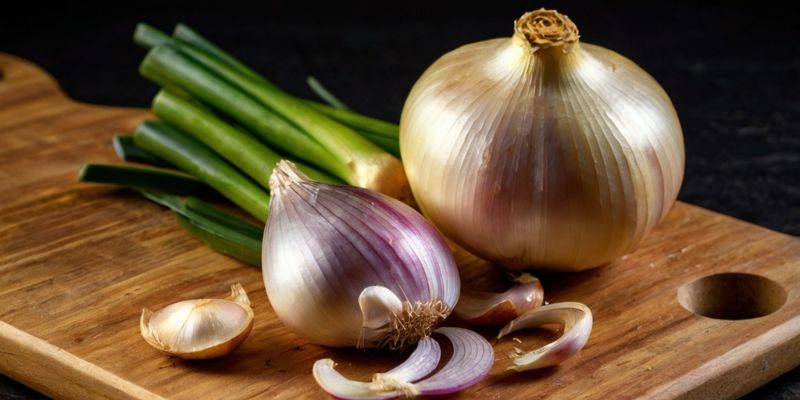
10. Perfectly Complement Eggs and Omelets
Fold minced shallot into scrambled eggs, omelets, or frittatas for added texture and a touch of sweetness. They pair especially well with cheese or fresh herbs.
11. Flavor Homemade Pizza and Flatbreads
Caramelized shallots make a dreamy pizza topping. Their sweetness complements savory flavors like goat cheese, prosciutto, and arugula. Use them sparingly—they’re the finishing touch that ties it all together.
12. Infuse Oils and Vinegars with Aroma
Add thinly sliced shallot to olive oil or vinegar, and leave them to steep. The result? A fragrant, shallot-infused drizzle that works wonders on salads, pastas, or crusty baguettes.
Substitutes for Shallots in Recipes
What to Do If You’re Out of Shallots
Sometimes, fresh shallots aren’t on hand. Don’t worry—there are excellent substitutes. Onions can mimic their flavor, but use less and mince finely. Leeks also bring a mild sweetness, and garlic can work when paired with onions in small amounts.
Dried Shallots as a Convenient Alternative
Dried shallots are a lifesaver. Their flavor is condensed and easy to rehydrate with a splash of water or broth. Use them in dressings, soups, or sauces for a quick shallot punch.
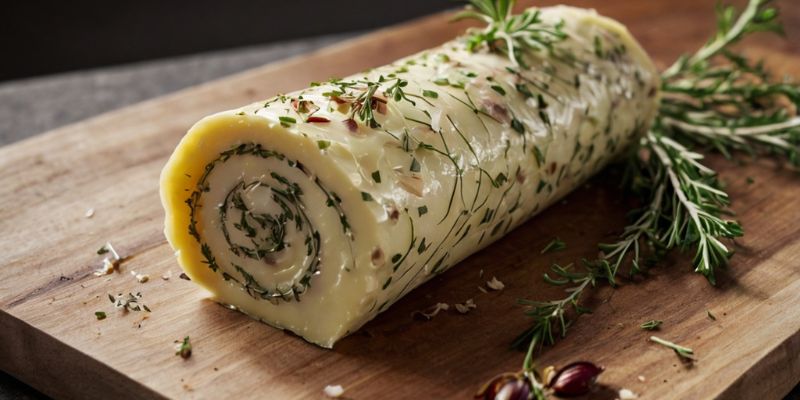
How to Buy, Store, and Use Shallots
Tips for Choosing and Storing Fresh Shallots
Choose firm, smooth shallot without soft spots. Store them away from moisture in a cool, dark place to prevent sprouting. Properly stored, they can last a few weeks.
Quick Prep Tips for Shallot Success
Peeling shallot is easier when you first soak them in warm water for a few minutes. Chill them to reduce tears while cutting. Use a sharp knife for precise mincing.
Shallots in Global Cuisine
Many cuisines rely on shallot. French cuisine loves them for sauces (béarnaise, anyone?), while Southeast Asian dishes often feature crispy fried shallot toppings. Indian curries and sambals also use shallot to balance spice with sweetness.
Uncover the 10 Stunning Facts About Cumin Seeds Power and see why this tiny spice is a nutritional and culinary superstar!
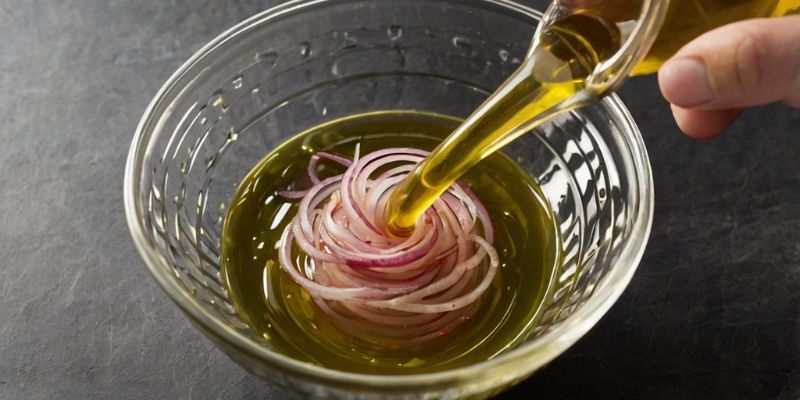
Discover the Difference Shallots Can Make
Shallots aren’t just onions’ delicate cousin—they’re culinary heroes in their own right. They enhance flavors, offer unmatched versatility, and elevate dishes from simple to sensational. Whether you’re trying them fried, roasted, in sauces, or raw, shallot have a unique charm worth exploring. Which shallot recipe will you try first? Share your culinary creations and enjoy the flavor revolution!
Discover even more incredible health benefits by exploring the 11 Remarkable Powers of Coriander Seeds—a must-read for spice enthusiasts and wellness seekers alike!
Stay connected with us!
- Follow us on Instagram: @RoastedKitchen25 for daily cooking inspiration.
- Subscribe to our newsletter for exclusive recipes, expert tips, and kitchen hacks straight to your inbox!
Frequently Asked Questions About Shallots
1. What is a shallot, and how is it different from onions?
Shallot is small, clustered bulbs from the allium family, known for their mild sweetness and subtle complexity. Unlike onions, which are bold and pungent, shallot offer a gentler flavor. They’re perfect for dishes where you want to enhance flavor without overpowering it.
2. Can I use onions as a substitute for shallots?
Yes, onions can work as a substitute for shallots, but use them sparingly to avoid overwhelming the dish. A quarter cup of finely minced shallot is equivalent to about one small onion. For the best results, pair onions with a hint of garlic to better mimic shallot nuanced flavor.
3. Are dried shallots as flavorful as fresh ones?
Dried shallots are very flavorful and convenient, especially when you’re short on time. They’re perfect for soups, dressings, or marinades. However, fresh shallot provide better aroma, texture, and depth, especially in recipes that require sautéing or caramelizing.
4. How should I store shallots to keep them fresh?
Store whole shallot in a cool, dry, and dark place, such as a pantry or cupboard. Avoid refrigerating them, as moisture can cause sprouting or mold. Properly stored shallot can last for several weeks.
5. Are there health benefits to cooking with shallots?
Absolutely! they are rich in antioxidants, vitamins C and B6, and essential minerals like potassium. Their antioxidants help combat inflammation, making them a nutritious choice for enhancing your meals.

Food has been at the heart of my life since childhood. My father, a passionate restaurateur, owned and ran Cave Way, a beloved restaurant in Narayanganj, Bangladesh. For 19 wonderful years, Cave Way delighted customers with its warm atmosphere and mouthwatering dishes. It was more than a restaurant; it was a community landmark. When my father passed away, the restaurant’s doors closed, but its legacy lived on in me. As a businessman and food enthusiast, I’ve always felt a connection to the joy and stories that food brings into our lives. Roasted Kitchen is my way of honoring that legacy, sharing my passion, and connecting with others who love cooking as much as I do.

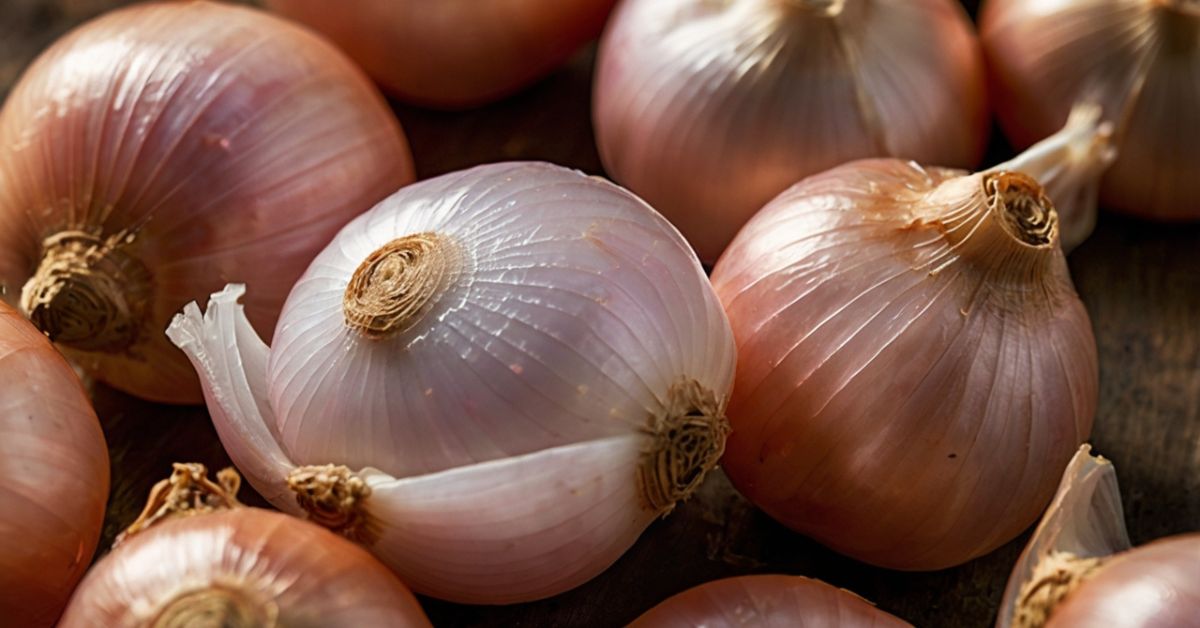








 Subscribe to our free newsletter for tips, tutorials, and insights!
Subscribe to our free newsletter for tips, tutorials, and insights!